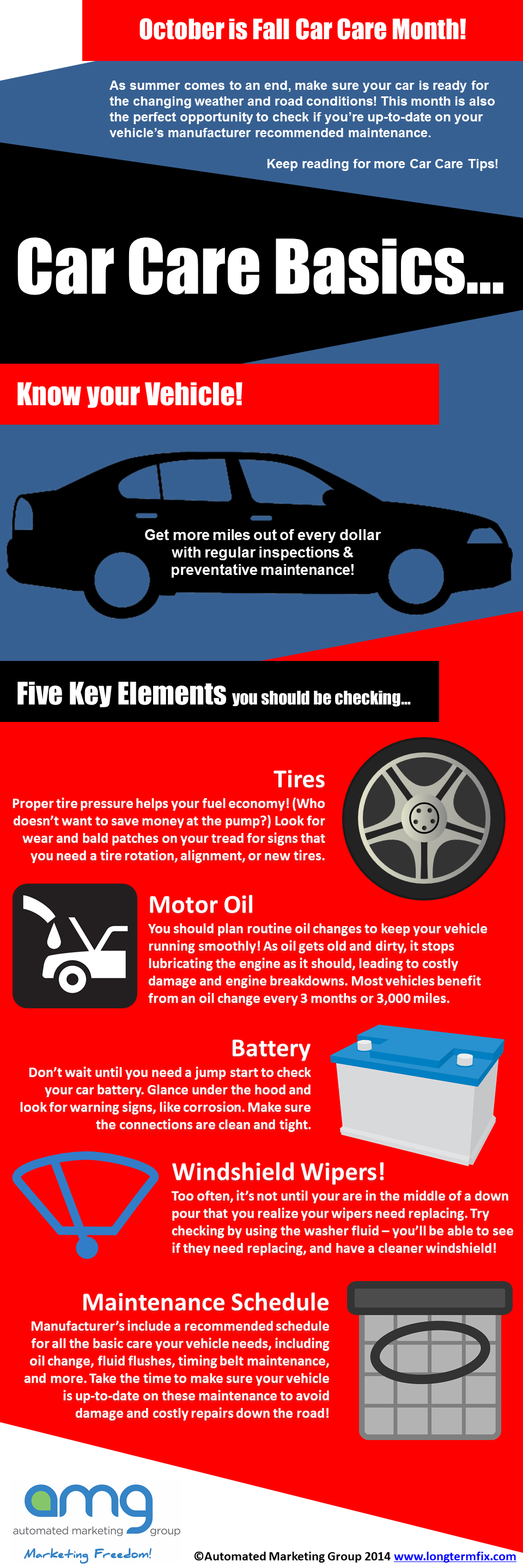Analyzing Your Vehicle'S Caution Indicators: What They Really Communicate
Analyzing Your Vehicle'S Caution Indicators: What They Really Communicate
Blog Article
Material Written By-Higgins Kejser
When you lag the wheel, those radiant warning lights on your dashboard can be a bit bewildering. Do you recognize what they're attempting to tell you about your vehicle's wellness? Comprehending the relevance of these lights is crucial for your security and the long life of your vehicle. So, the next time one of those lights turns up, would not you wish to understand its message properly and take the essential actions to resolve it?
Common Warning Lights and Interpretations
Determine typical warning lights in your auto and recognize their definitions to ensure safe driving.
One of the most normal caution lights include the check engine light, which signifies issues with the engine or emissions system. If this light begins, it's critical to have your vehicle checked quickly.
The oil pressure warning light indicates reduced oil pressure, requiring instant attention to stop engine damage.
A flashing battery light might recommend a malfunctioning charging system, possibly leaving you stranded otherwise addressed.
car washing business tracking system (TPMS) light notifies you to reduced tire pressure, impacting vehicle security and gas performance. Neglecting this could lead to unsafe driving problems.
The abdominal light indicates a trouble with the anti-lock braking system, jeopardizing your capability to stop swiftly in emergency situations.
Last but not least, the coolant temperature alerting light warns of engine getting too hot, which can cause extreme damages if not solved promptly.
Recognizing these common warning lights will aid you attend to problems immediately and maintain risk-free driving conditions.
Importance of Prompt Focus
Understanding the common caution lights in your car is only the first step; the significance of quickly attending to these cautions can't be highlighted sufficient to ensure your safety and security when driving.
When https://shanekfzuo.blogdanica.com/32053156/amazingly-practical-mobile-auto-describing-solutions-not-just-conserve-you-money-and-time-but-additionally-enhance-your-automobile-s-durability-discover-exactly-how-they-can-change-your-regular illuminates on your control panel, it's your car's way of communicating a possible issue that needs focus. Neglecting these warnings can lead to a lot more severe troubles down the road, endangering your security and potentially costing you much more in repairs.
Motivate attention to advising lights can avoid break downs and mishaps. As an example, a blinking check engine light might suggest a misfire that, if left neglected, can cause damages to the catalytic converter. Addressing this promptly can save you from a costly repair service.
Similarly, a brake system cautioning light might signify reduced brake fluid or used brake pads, essential components for your safety when driving.
DIY Troubleshooting Tips
If you discover a caution light on your dashboard, there are a couple of DIY troubleshooting suggestions you can try before looking for specialist help.
The primary step is to consult your cars and truck's guidebook to comprehend what the details caution light suggests. Occasionally full detail service can be as basic as a loosened gas cap setting off the check engine light. Tightening the gas cap may resolve the issue.
One more typical problem is a low battery, which can cause different warning lights. Examining the battery connections for corrosion and ensuring they're protected could fix the issue.
If a warning light lingers, you can try resetting it by detaching the automobile's battery for a few mins and after that reconnecting it. Additionally, checking your vehicle's liquid levels, such as oil, coolant, and brake fluid, can assist troubleshoot alerting lights related to these systems.
Final thought
Finally, recognizing your auto's caution lights is crucial for maintaining your car running efficiently and safely. By without delay attending to these alerts and knowing what they mean, you can avoid expensive repair work and prospective breakdowns.
Remember to consult your cars and truck's guidebook for particular information on each advising light and act as necessary to guarantee a trouble-free driving experience.
Stay educated, stay safe when driving!
